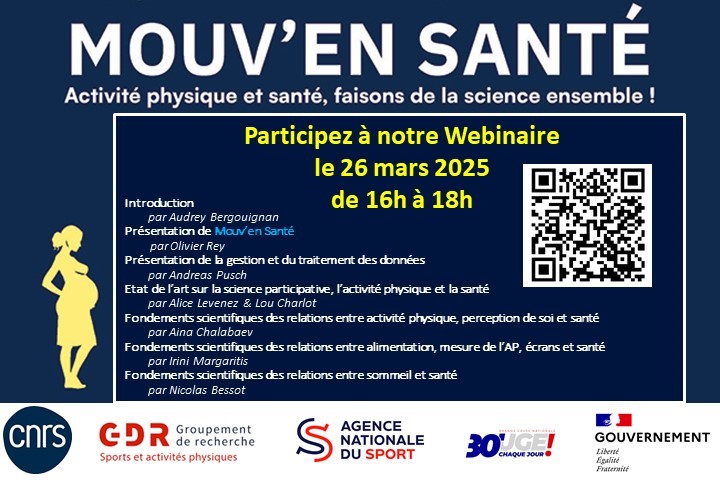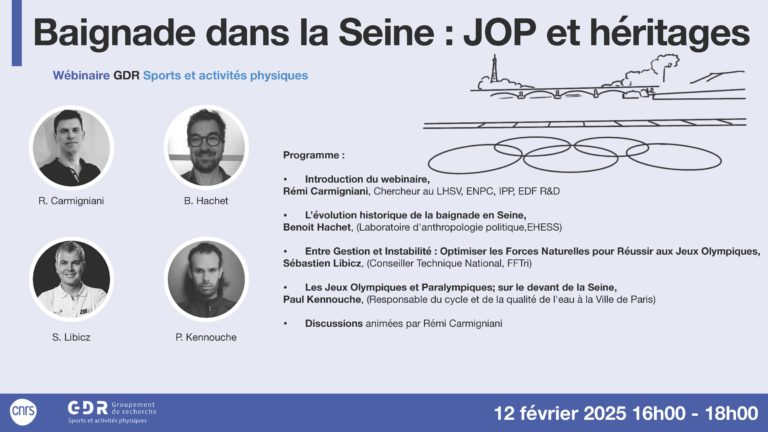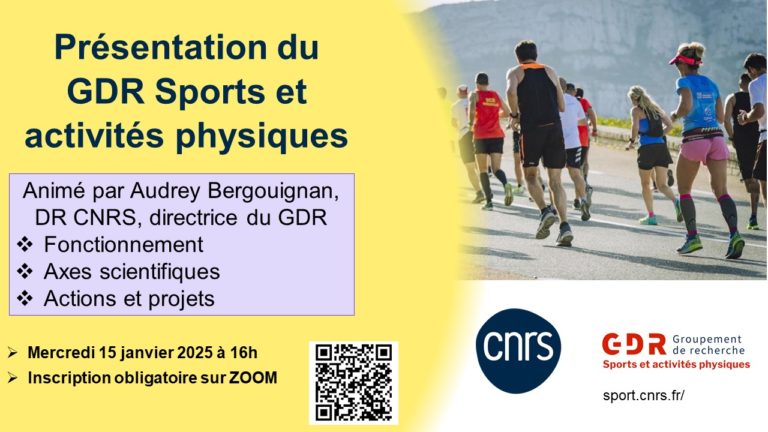Emig Thorsten, Laboratoire de physique théorique et modèles statistiques, CNRS et Université Paris Sud.
Résumé : Laboratory performance tests provide the gold standard for running performance but often do not reflect real world conditions. In our latest work, we use a large dataset obtained from wearable exercise trackers to inform a validated model for running performance, and obtain a better understanding of the complex interplay between training and performance. The data set contains running activities of ≈ 14,000 individuals, ≈ 1.6 million exercise sessions containing duration and distance, and a total collaborative distance of ≈ 20 million km ran. The inclusion of endurance as a model parameter offers novel insights into performance: a highly accurate race time prediction and the identification of key parameters such as the lactate threshold, commonly used in exercise physiology. Correlations between performance indices and training volume and intensity are quantified, pointing to an optimal training. Our findings hint at new methods to quantify and predict athletic performance under real-world conditions, detection of doping, and the assessment of new running shoe technologies.





